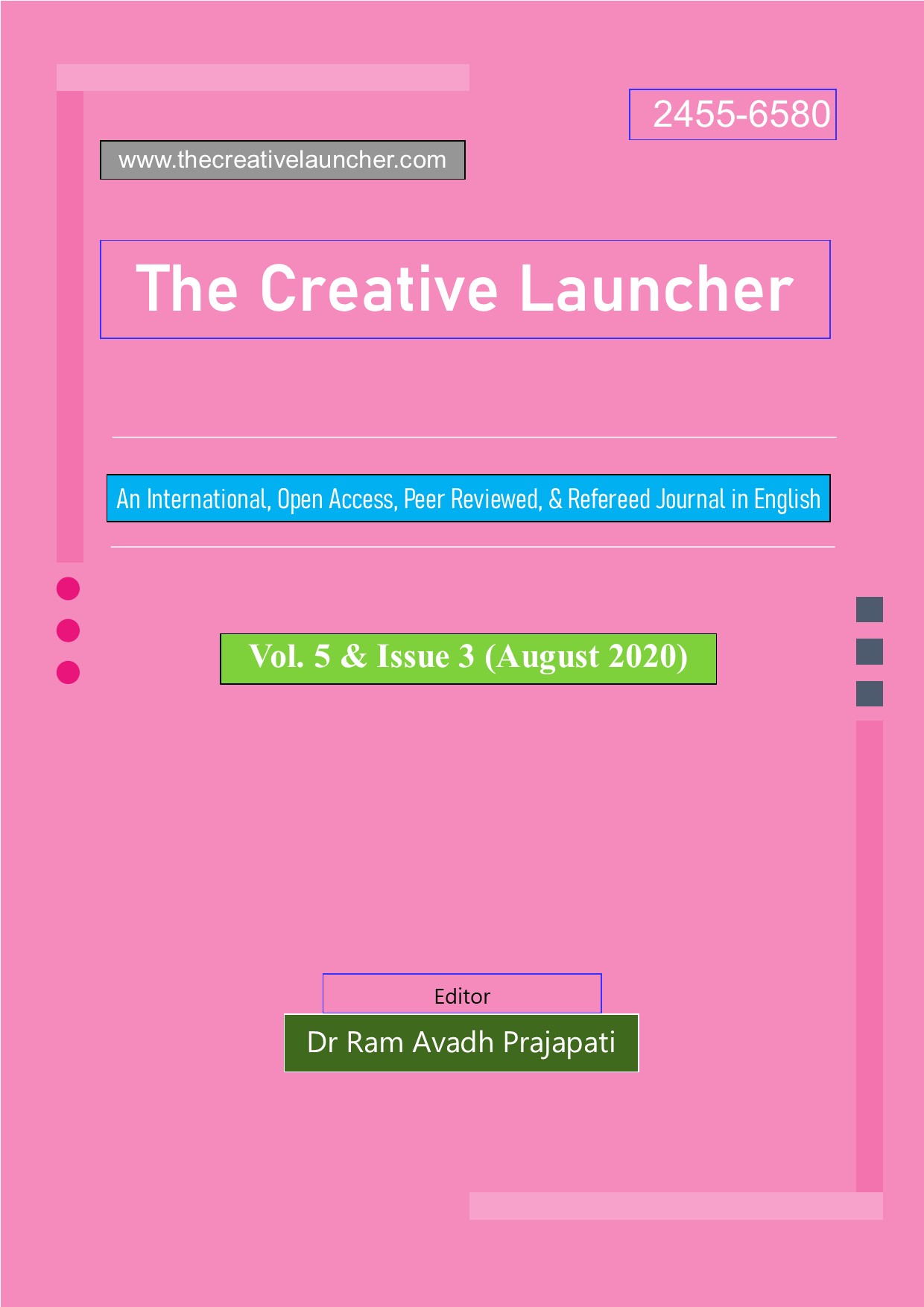Neotenic Representations in Gerald Durrell’s Works
Main Article Content
Abstract
Neoteny refers to a set of infant-like characteristics which, if present in even adult non-human animals, are found endearing by humans and activates nurturing responses in them. These features are large eyes, short limbs, a large head compared to the body, upright posture and a generally rounded configuration etc. Konrad Lorenz calls these features collectively as ‘child schema.’ In culture industries, toy and doll-makers, as well as cartoon film-makers, exploit this tendency of their consumers to increase their sales by representing animals neotenically. It is a process of deliberate juvenilization. Though a form of anthropocentric representation, Gerald Durrell has shown in his works how neoteny can be used ecocentrically to change human attitudes towards neglected and so-called ‘ugly’ creatures. Combined often with anthropomorphism, neoteny becomes a potent tool in Durrell’s hands to fight anthropocentrism and promote ecocentrism.
Downloads
Metrics
Article Details

This work is licensed under a Creative Commons Attribution-NonCommercial-NoDerivatives 4.0 International License.
References
Baker, Steve. Picturing the Beast. University of Illinois Publication, 2001.
Botting, Douglas. Gerald Durrell: The Authorized Biography. Carroll, 2000.
Durrell, Gerald. “A Zoo in My Luggage”. The Gerald Durrell Omnibus. Book Club, 1981. 517-613.
---.“The Bafut Beagles”. The Gerald Durrell Omnibus. Book Club, 1981. 189-305.
---.“The Drunken Forest”. The Gerald Durrell Omnibus. Book Club, 1981. 307-426.
---.Two in the Bush. Collins, 1971.
Garrard, Greg. Ecocriticism. Routledge, 2004. DOI: https://doi.org/10.4324/9780203644843
Mullan, Bob, and Garry Marvin. Zoo Culture. University of Illinois Publication, 1999.





